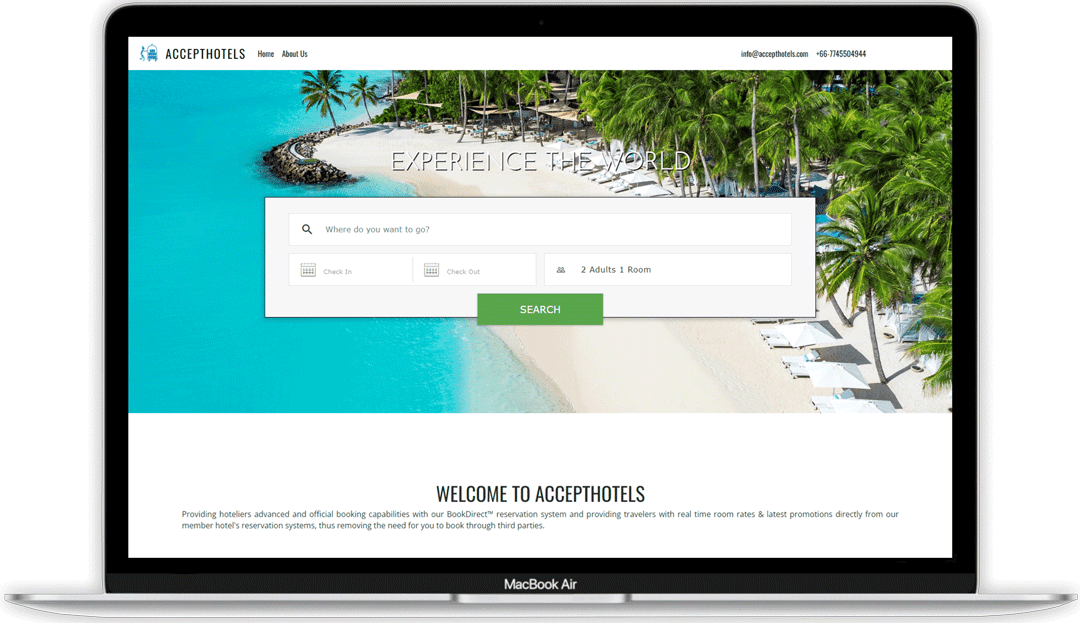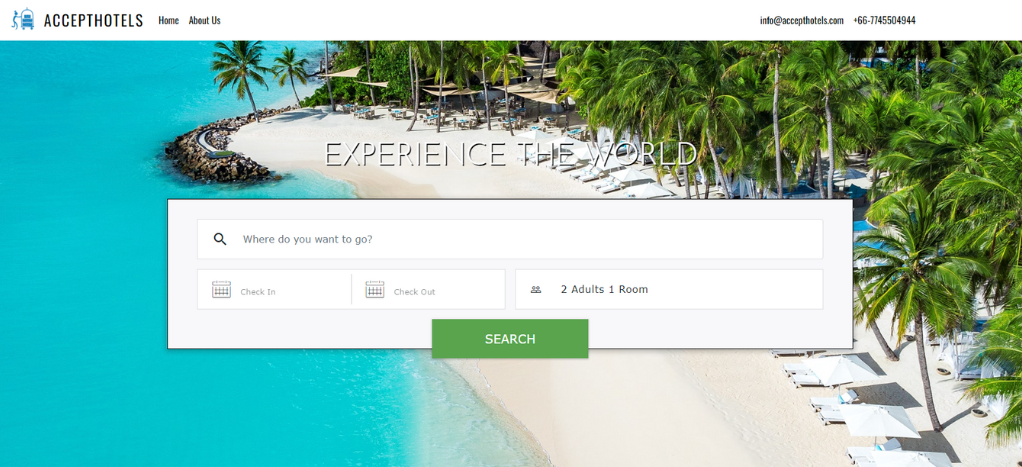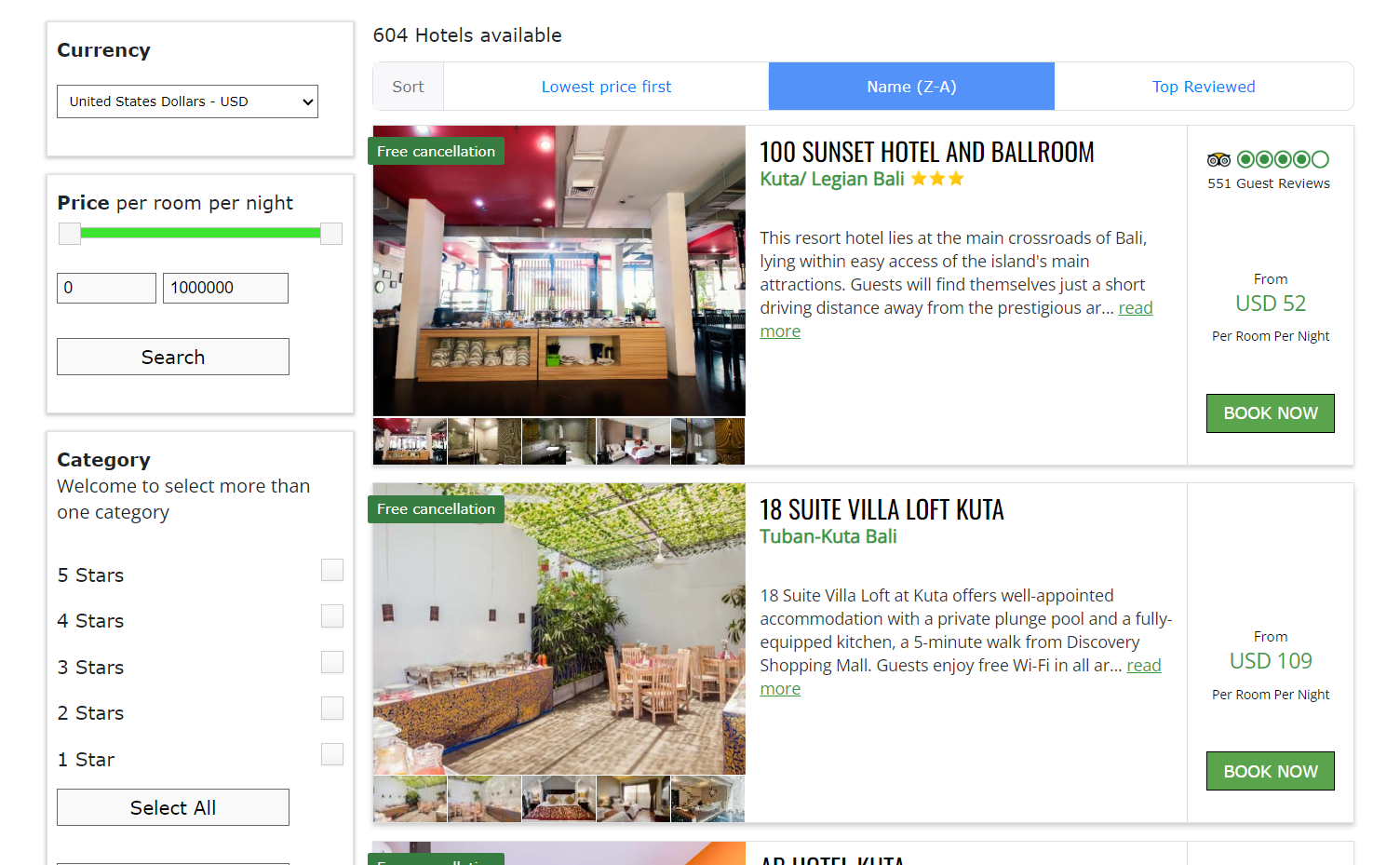Solution and Objectives
The proposed solution was to develop a fast-loading, visually polished SaaS booking platform showcasing properties attractively using API integrations.
The completely custom-built platform would leverage technical strengths to overcome UX weaknesses in the old website while differentiating from major OTAs. Intuitive search, filtering, and comparison features would enable visitors to easily explore niche inventory matching their criteria. Property listings and details pages would spotlight engaging photos, 3D tours, amenities, and unique characteristics to capture attention and build excitement. Simple, elegant controls would guide visitors through date selection, room options, guest numbers, and cost breakdowns when they’re ready to book.
Understanding the client caters to independent boutique property owners as an agency, easy-to-use management tools were included for owners to efficiently manage expanded online distribution presence and bookings. By focusing on presentation, personalization, and conversion in addition to widening the distribution pipeline, the goal was to increase annual online booking volume 2x year over year.
Technology Planning
To support the platform requirements, a modern, cloud-based technology stack was selected. Amazon Web Services (AWS) would host the backend and frontend infrastructure for scalability, durability, and elasticity. AWS services like EC2, S3, RDS, and Cognito were provisioned to maximize reliability.
Leveraging MySQL and NoSQL databases balanced efficient relational data storage with the ability to handle growing unstructured property content. Node.js and Express were chosen as lightweight server-side frameworks in JavaScript for optimum development speed and REST API efficiency. Modern React front-end architecture allowed flexible, modular components to enhance UI/UX. API integrations utilized techniques like caching, background processing, and retry mechanisms to handle transient issues or high demand.
In anticipation of unforeseen spikes in website traffic, horizontal scaling mechanisms were designed to ensure continuity of experience. Git version control and CI/CD automation facilitated the deployment of code enhancements and new features in a sustainable way. Regular load testing and monitoring procedures are planned to rapidly detect and address issues proactively.






